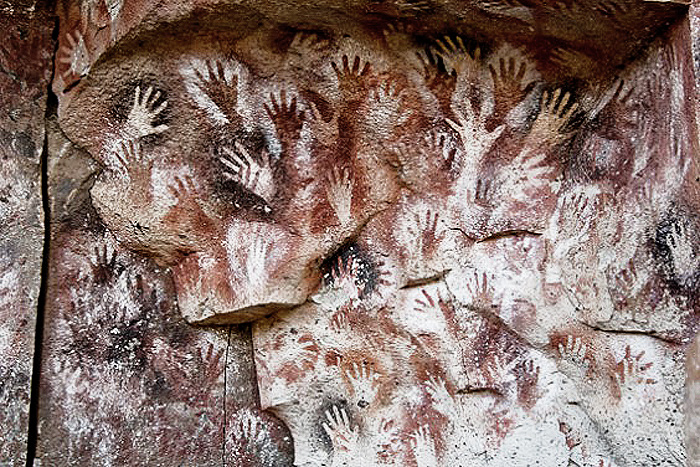Until recently, I have wrestled with why people I knew growing up in a small village in the UK stayed in the village when there was a whole world of opportunities awaiting discovery. I have come to realize that life is a search process. A search for purpose, contentment and security. As with most search algorithms, some are better than others. Some peoples' search algorithm stop when they discover a local maxima - such as village life in the UK. Other algorithms drive people to travel much further.
Software development follows similar principles to a search algorithm. While we might think that we are heading towards a peak when we start out building an application, we soon discover that the landscape we are searching is evolving. If we rush too quickly to a peak we might find that we settle on a local rather than a global maxima. Facebook is a good example of the impact of search speed. The reason that Facebook prevailed is that the many social networking sites that came before it provided the company with a long list of technical and business mistakes to avoid. A major lesson was controlled growth - in other words, a slow search algorithm. Avoiding the strong temptation, especially when a social network is concerned, to grow very rapidly.
This is an example of a good search process and how it has to be a slow one for long term success. A slow search allows a process to find a stable solution. The Simulated Annealing Algorithm is a good example of this. The random perturbations applied to the search result diminish overtime as the solution gets closer to the optimum search result. The occasional randomness ensures the search doesn't get stuck on a solution.
We have also been running our own, slow search algorithm as we build Knowledge Leaps. We have been at this for a long time. App development began five years ago, but we started its design at least eight years ago. While we wanted to go faster, we have been resource constrained. The advantage of this is that we have built a resilient and fault-tolerant application. The slow-development process has also helped foster our design philosophy, when we began we wanted to be super-technical and build a new scripting language for data engineering. Over time our beliefs have mellowed as we have seen the benefits of a No Code / Low Code solution. Incorporating this philosophy into Knowledge Leaps has made the application that much more user friendly and stable.






